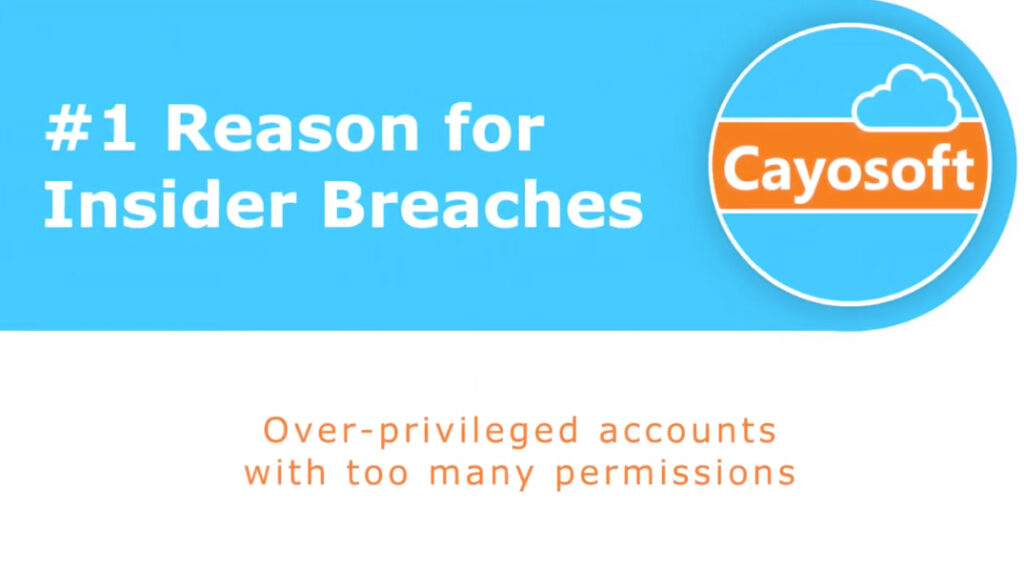Protecting Your Critical Assets with Insider Threat Prevention
Data Breaches Happen
Data security is nothing new. Where there is sensitive information, there are those who seek to access, steal, and misuse it, mostly for financial gain. The unfortunate truth about malicious activities is that a third of all data breaches are perpetrated by someone from inside the company… and that number is growing.
- Businesses in the united states encounter about 2,500 internal security breaches daily.
- Over the last two years, the number of insider incidents has increased by 47%.
- Insiders are involved in 34% of data breaches.
The larger the company, the more employees, consultants, partners, managers that are given access to sensitive data and access controls. Even if they are all well intentioned, these insiders can unknowingly become the pawns of outside data breaches through malicious means, like social engineering or phishing attacks. Hackers or outside agents can access desired data, even proprietary information or intellectual property, through the permissions of inside actors.
This leads to the question, how can a company be proactive against the rising threat of insider breaches? What are some preventable vulnerabilities or security measures that a company can plan for in their on-premises, cloud, or hybrid Active Directory environment?
The #1 Reason for Insider Threats: Over-Privileged Users
Lack of Policy
Lack of Control
Often a user will be over-privileged simply because the native tools aren’t granular enough to control permissions. In order to perform their job function, users will receive additional (unintended) permissions. Native tools simply don’t refine permissions far enough to neatly fit the roles and processes of an organization. This is where a solution like Cayosoft Administrator can offer system administrators the control necessary to fully secure both on-premises and cloud AD environments. For example, access control has evolved beyond tedious management Access Control Lists (ACLs) to Role-Based-Access-Control. Office 365 and Exchange are great examples of two modern systems that use Roles to assign administrative permissions. Unlike Access Templates based on ACLs, Cayosoft uses Roles to assign administrative permissions to users without ACLs or native permissions. Cayosoft Roles form the basis of a powerful least-privileged delegation model that will secure both on-premises and online Microsoft platforms.
Minimizing Risk with Least-Privileged Delegation
By providing granular permissions, Cayosoft offers system administrators total control over what their privileged users can and cannot do within the organization’s on-premises, cloud, or hybrid Active Directory environment. Cayosoft ensures delegated administrators can access the OU’s, data, and access tools necessary to perform their job responsibility without being over-privileged – minimizing your risk for insider breaches. Check it out here:

Want to learn more about ways to manage and secure your Active Directory and Office 365?
Learn more about why Cayosoft Administrator is the only complete management solution for your entire cloud IT journey, from on-premises to hybrid to the cloud.